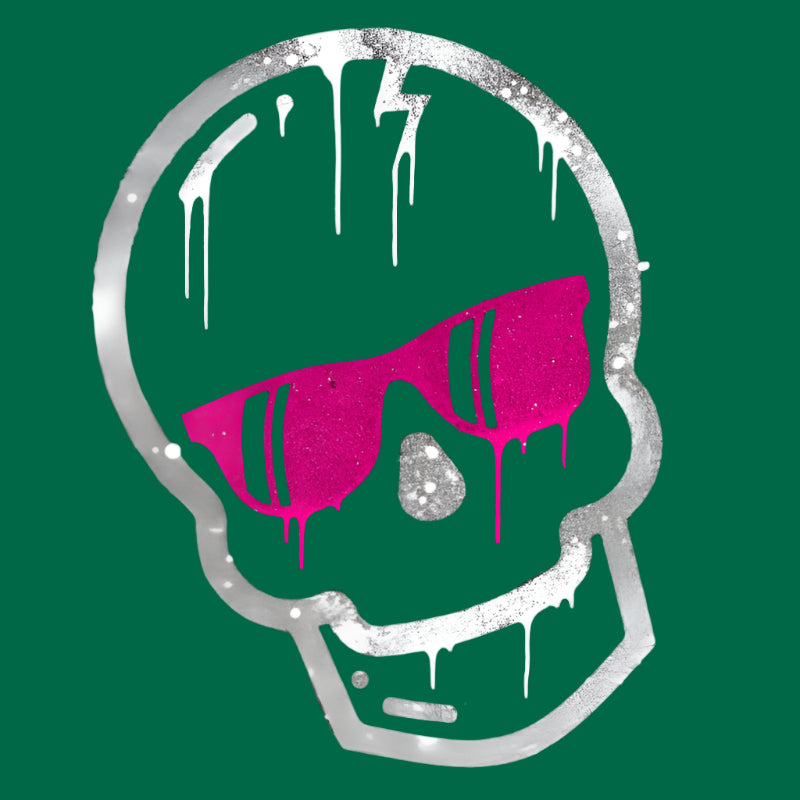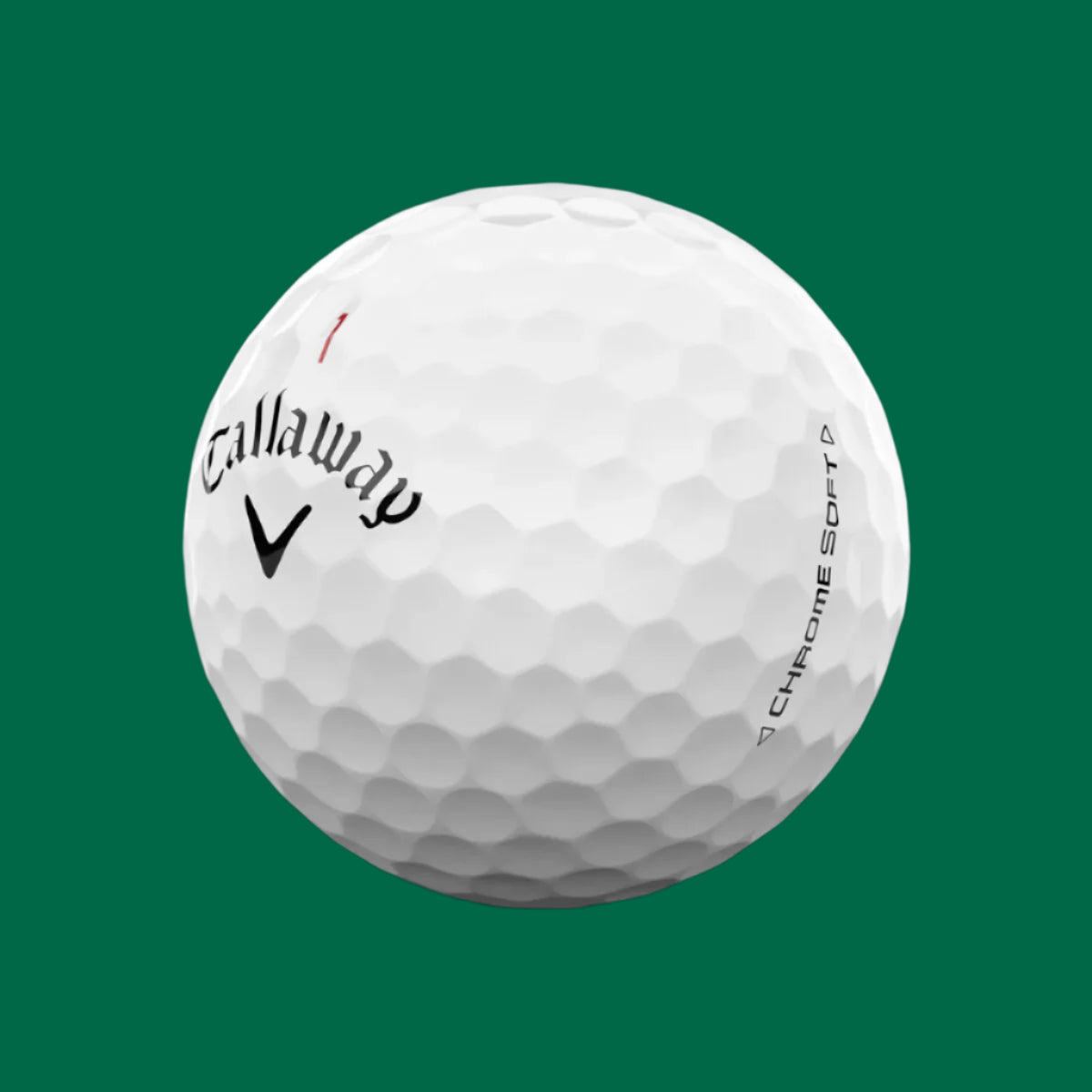
Master Your Game: The Essential Guide to Golf Club Fitting for Top Performance
Golf is a game of precision, and one of the best ways to improve your performance on the course is to ensure you’re using equipment that’s perfectly suited to your swing. If you’re looking to take your golf game to the next level, there’s one crucial step you should not overlook: getting a golf club fitting. Whether you’re a beginner or an experienced player, getting properly fitted golf clubs can make a significant difference in your game.
A golf club fitting session is a personalized experience that helps you optimize your equipment to match your playing style and physical characteristics. In this blog, we’ll walk you through what to expect during a golf club fitting session and why it’s an essential part of mastering your game.
Why is Golf Club Fitting Important?
Golf clubs are not universally suited for every player, and using clubs that aren’t properly fitted to your body and swing can hinder your performance. Factors such as shaft length, lie angle, flex, and grip size all play a significant role in how a club performs. For example, if the shaft is too long or short, it can disrupt your swing mechanics, leading to inconsistent shots. Similarly, if your club’s lie angle is incorrect, it can cause the clubhead to contact the ball in a way that negatively impacts accuracy and distance.
Custom fitting ensures that each club is tailored to your specific needs, making your game more consistent, accurate, and enjoyable. Even if you are considering purchasing used clubs, getting a fitting session can help ensure the equipment matches your personal preferences and physical attributes, providing the best performance for your investment.
What Happens During a Golf Club Fitting Session?
1. Assessment of Your Current Equipment
The fitting process often begins with an evaluation of your existing clubs. A professional fitter will analyze your current set of clubs to identify any flaws or areas for improvement. This is particularly useful if you’re looking to upgrade your gear. The fitter will check your clubs for things like shaft length, grip size, and clubhead design to ensure they match your swing and physical characteristics.
If you’re considering used clubs, this assessment can be especially helpful. Many retailers offer fitting services even for pre-owned equipment, so the fitter can help you determine whether a particular used club will work well with your swing. They’ll also help identify if any adjustments are needed, such as re-gripping or altering the shaft length.
2. Swing Evaluation
Once the fitter has assessed your current clubs, they’ll analyze your swing. This typically involves hitting a series of shots with different clubs while the fitter takes measurements of key variables, such as swing speed, launch angle, ball flight, and impact position. Many fitting sessions use high-tech equipment like launch monitors to collect precise data about your ball flight and swing mechanics.
The fitter will observe your swing tendencies, such as how you make contact with the ball and whether you tend to fade, draw, or slice. These factors will help them determine what adjustments need to be made to your clubs. They’ll also test different clubhead designs, shaft types, and loft angles to find the best combination that complements your swing style.
3. Shaft Fitting
One of the most important components of a golf club fitting session is selecting the right shaft for your swing. The shaft affects everything from launch angle to control and feel. During the fitting, you’ll test different shaft flexes (regular, stiff, extra stiff) and materials (steel or graphite). The fitter will also consider shaft length, which can be adjusted based on your height, posture, and swing mechanics.
For instance, if you have a fast swing speed, a stiffer shaft may provide more control and accuracy. Conversely, if you have a slower swing speed, a more flexible shaft could help maximize your distance. Ensuring that the shaft matches your swing style is crucial for achieving the best performance from your clubs, whether you’re buying new or used equipment.
4. Lie Angle Adjustment
The lie angle refers to the angle between the shaft and the ground when the club is in its address position. A proper lie angle ensures that the sole of the clubhead makes contact with the ground correctly, leading to more accurate shots. If the lie angle is too upright or too flat for your swing, it can cause the club to strike the ball with an incorrect angle, leading to hooks, slices, or mis-hits.
During your fitting session, the fitter will check the lie angle of each club and make adjustments as necessary. This is particularly important for irons, as the wrong lie angle can affect shot accuracy and consistency. The fitter may use a lie board or a launch monitor to check how the clubhead interacts with the ground, ensuring you get the most optimal performance.
5. Grip Fitting
The right grip size plays a crucial role in comfort, control, and accuracy. If your grips are too small or too large, it can affect your hand position and the way you hold the club, leading to poor shot results. During the fitting, the fitter will assess your hand size and grip pressure to determine the right grip size for you.
You’ll have the chance to test different grip sizes during the fitting session, and the fitter will help you select the one that offers the best feel and control. Grips can be adjusted on both new and used clubs, so don’t worry if you’re considering pre-owned equipment—you can still make the necessary adjustments to ensure the grips are the right fit for you.
Custom Fitting for Used Golf Clubs
If you’re looking to purchase used golf clubs, you might be wondering if custom fitting is still possible. The good news is that many retailers offer fitting services even for pre-owned equipment. If you find a used club that suits your preferences but requires some tweaks, a professional fitter can help make the necessary adjustments. Whether it’s re-shafting, altering the lie angle, or re-gripping, fitting services ensure that used clubs work just as well for your swing as new ones.
It’s essential to consider your specific club specifications, such as shaft length, flex, or lie angle, when purchasing used clubs. If you have unique requirements, consulting with a professional fitter before buying pre-owned equipment is a great way to ensure you’re getting a club that matches your playing style and provides optimal performance.
Enhance Your Game: The Power of Custom Golf Club Fitting
A golf club fitting session is one of the most effective ways to enhance your performance on the course. By ensuring that your clubs are properly fitted to your swing, body type, and preferences, you can improve accuracy, consistency, and distance. Whether you’re buying new or used clubs, a fitting session helps you get the best out of your equipment. If you have specific club specifications, such as shaft length, flex, or lie angle, a fitting session is even more critical to ensuring your equipment matches your unique needs.
So, if you’re serious about mastering your game, don’t overlook the importance of custom fitting. It’s the best way to ensure that your clubs work with you, not against you. Whether you're a beginner or a seasoned player, the right fit can make all the difference.
At The Golf Guys, we understand that a personalized golf club fitting is key to mastering your game. During your fitting session, our expert technicians will assess your swing mechanics, body type, and playing style to match you with the ideal set of clubs. Utilizing advanced technology and precise measurements, we’ll fine-tune club length, shaft flex, loft, and lie angle to enhance your performance and comfort. With our custom fitting process, you can expect improved accuracy, distance, and consistency, helping you play your best on every round. Investing in a professional fitting with us ensures that your clubs are perfectly tailored to your unique needs, giving you the edge on the course.






